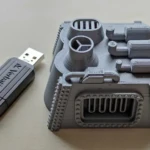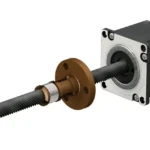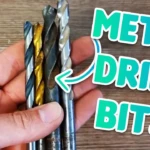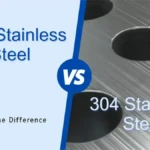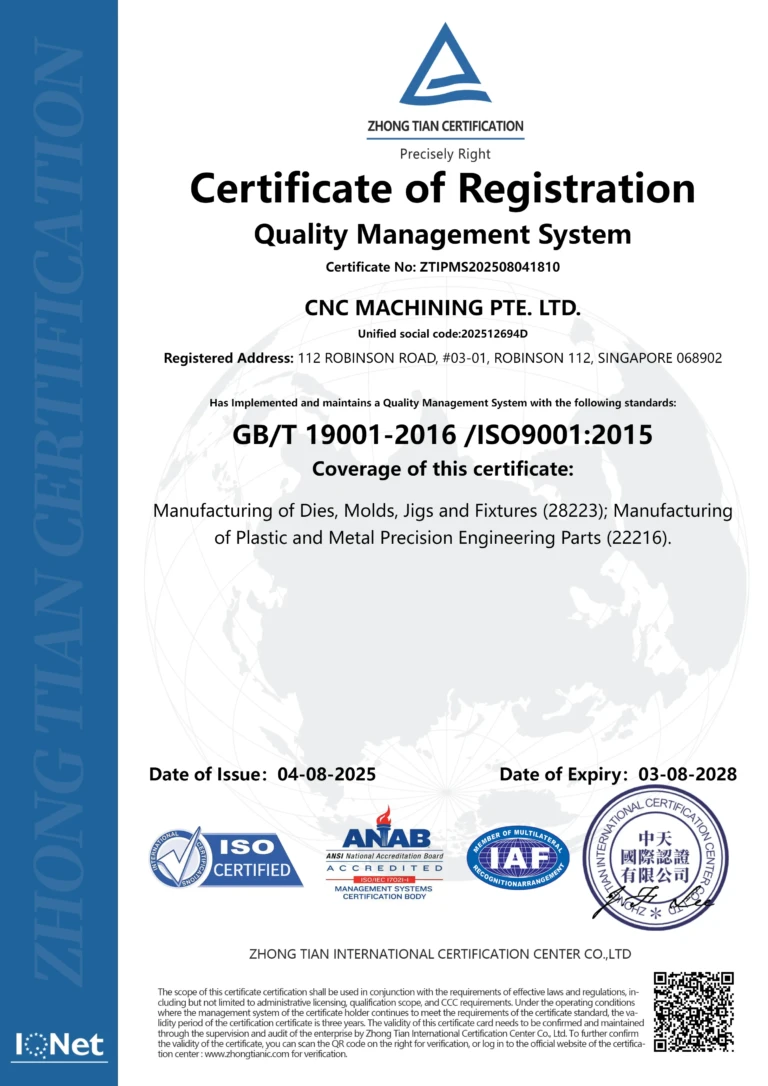Beyond Taps: Unlocking Precision & Safety with Thread Milling
The quest for perfect threads is fundamental to machining. While tapping has long been the go-to method for internal threads, thread milling emerges as a sophisticated, powerful, and often superior alternative. Understanding their core differences isn’t just academic; it directly impacts part quality, tool life, machine efficiency, and your bottom line.
The Core Divide: Mechanics of Thread Generation
-
Tapping: The brute force approach.
- Mechanism: Forces a cylindrical tool with pre-formed thread profiles radially into a pre-drilled hole. It relies entirely on the machine’s Z-axis motion in a linear plunge.
- Consequence: Creates threads through displacing material outward while cutting. Chips are forced back through the tap’s flutes against the hole wall, leading to potential recutting, packing (especially in blind holes), friction, heat, and high tool loads concentrated axially. This limits RPM and demands robust cutting materials like High-Speed Steel (HSS) or Powdered Metal (PM). Solid carbide taps are uncommon and often prohibitively brittle due to these intense axial stresses.
- Thread Milling: The sculpted precision.
- Mechanism: Uses a rotating cutter, typically with multiple indexable inserts or a solid carbide profile, moving along a helical path (G02/G03 arc interpolation cycle) defined by the machine’s X, Y, and Z axes simultaneously.
- Consequence: Material is removed in controlled, small radial depths of cut as the tool spirals around and downward. Chips are generated laterally and easily evacuated up the hole, away from the cutting zone. Loading is primarily radial and significantly lower than axial tapping forces. This permits higher surface speeds and makes tool materials like solid carbide not only viable but ideal.
Delving Deeper: Tangible Advantages & Applications
-
Unmatched Precision & Surface Finish:
- Milling Wins: Thread milling offers exceptional control over thread pitch diameter. Adjustments are made via cutter diameter offsets, eliminating the need for multiple taps for slight tolerance shifts. Superior chip evacuation minimizes chip recutting and galling, resulting in smoother thread walls and superior surface finishes visible even to the naked eye. This is critical for leak-proof seals, high-strength bolting, and critical assemblies.
- Tapping Limitation: Diameter control relies entirely on tap precision and wear. Built-up edge and packed chips degrade surface finish.
-
Enhanced Tool Life & Economics:
- Milling Advantage: Significantly lower cutting forces and radial loading drastically reduce tool wear. A single thread mill can produce threads across a range of diameters (within its design limits) simply by adjusting the CNC program – one tool replaces a whole set of taps. Inserts are easily replaced when worn, saving material costs. This translates to a lower cost-per-hole, especially for medium to large diameters and tough materials.
- Tapping Cost: Taps wear faster due to higher loads and chip packing. Each specific thread size/pitch requires its own dedicated tap. A broken tap often spells disaster for the part.
-
Dramatically Reduced Risk & Part Scrap:
- Milling Safety: The process is inherently safer. Crucially, if a thread mill breaks, the part can usually be salvaged. Simply replace the tool or insert, adjust tool offsets if needed, and remachine. The programming flexibility allows for stopping, adjusting, and restarting mid-thread without damaging the workpiece (no cross-threading risk).
- Tapping Hazard: High axial torque makes taps prone to breakage – especially in blind holes, difficult materials, or if chip evacuation fails. A broken tap often requires extensive (and expensive) EDM removal or results in immediate part scrapping. The CNC cycle (e.g., G84) must typically run to completion without interruption, offering little mid-process control.
-
Dominance in Large Diameters & Tough Materials:
- Milling Superiority: As thread diameters increase beyond ~20mm, tapping forces skyrocket. The cost and risk of large taps become prohibitive. Thread milling’s low, radial loads remain manageable regardless of size, making it the undisputed choice. It also excels with challenging alloys (titanium, Inconel, hardened steel, stainless steel) where tap breakage rates are high. Variable cutting strategies (speed/feed adjustments per depth) optimize the cut in tough materials.
- Tapping Struggle: Large taps are costly, require massive machine torque, and are fragile magnets for catastrophic failure in difficult materials.
- Versatility & Flexibility:
- Milling Edge: Create partial threads near shoulders without bottoming chamfer issues. Machine threads to the very bottom of blind holes effectively. Produce multiple thread types (e.g., standard, NPT, metric) with few tools via programming. Specialized thread mills can even perform combined operations like drilling, chamfering, and threading in a single tool cycle.
- Tapping Rigidity: Limited by flute length and helix angle. May struggle near shoulders and leave incomplete threads at the bottom of deep blind holes. Each thread profile requires a specific tap.
When Does Tapping Still Make Sense?
Thread milling isn’t always absolute king:
- Small Diameters: Very tiny holes (<M6 / 1/4") can be impractical for milling due to tool strength constraints; small taps can be very efficient.
- Blind Speed: For shallow, non-critical threads in softer materials on high-speed machines, tapping can cycle faster than complex helical interpolation.
- Extreme Cost Sensitivity: For simple, low-risk, large-quantity jobs on tolerant parts, the initial lower tool cost per single size might favor tapping. Calculate carefully – longevity savings often favor milling.
Addressing Common Concerns
- Programming Complexity? Modern CAD/CAM systems generate thread milling code effortlessly. Once learned, programming is routine. Offsets are easier than managing a tap drawer.
- Tool Cost? Higher initial cost per cutter is offset dramatically by longer life, one-tool versatility (multiple diameters), and scrap reduction. It’s an investment in reliability.
- Machine Compatibility? Any modern 3-axis CNC mill can thread mill. Many CNC lathes with live tooling and Y-axis can also execute it effectively.
The Verdict: Thread Milling – The Smarter Path Forward
While taps retain a niche, thread milling represents a substantial technological leap for internal threading. Its precision, superior surface finish, unmatched safety profile, exceptional tool life economics (especially for larger holes and tough materials), and reduced scrap risk make it the progressive choice for modern, efficient, high-quality machining.
Embracing thread milling isn’t just about changing tools; it’s about embracing programmed control over brute force, achieving predictable results even on expensive components, and safeguarding profitability by minimizing costly failures. For shops serious about quality, safety, and efficiency, mastering thread milling is essential.
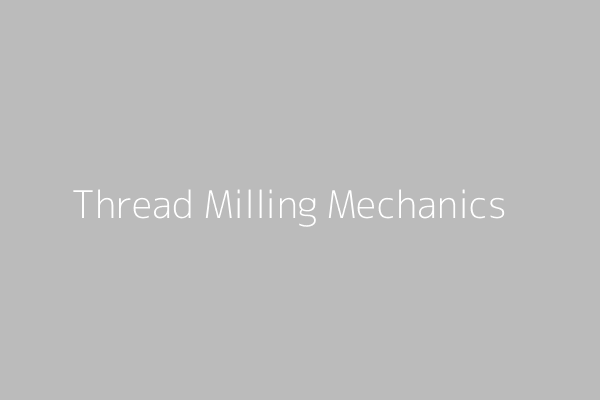
 Consider Tap | Large DIA/Tough Mat’l/Precision/Low Risk Needs -> Thread Mill”>
Consider Tap | Large DIA/Tough Mat’l/Precision/Low Risk Needs -> Thread Mill”>(Note: Replace dummyimage URLs with actual technical diagrams when publishing.)


